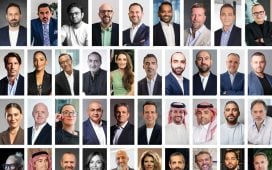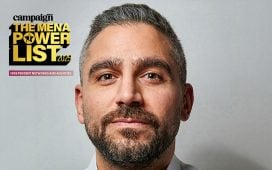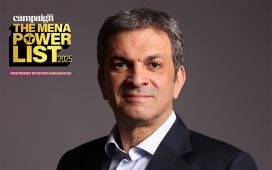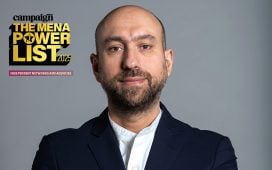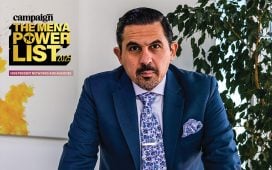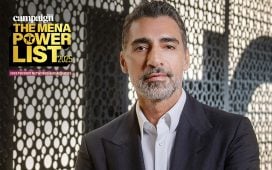Do you have a brand goal with real liquid strategy, asks Mindshare’s Ravi Rao
Nothing works like telling a good story to keep the audience engaged. For a story to really have impact and hit a chord with people, one needs to tell a story with a relevant theme and keep it exciting until the end.
Assume that the future is unpredictable, so you must work effectively with the circumstances that surround you. It is time we incorporate diverse perspectives and strategies that encourage ongoing learning through continuous improvement in all parts of the organisation. We are now more than ever facing a similar situation in advertising. Consumers are facing a tsunami of messages, ads, content and b
To continue reading this article you need to be registered with Campaign. Registration is free and only takes a minute. Register Now or sign in below if you already have an account.

